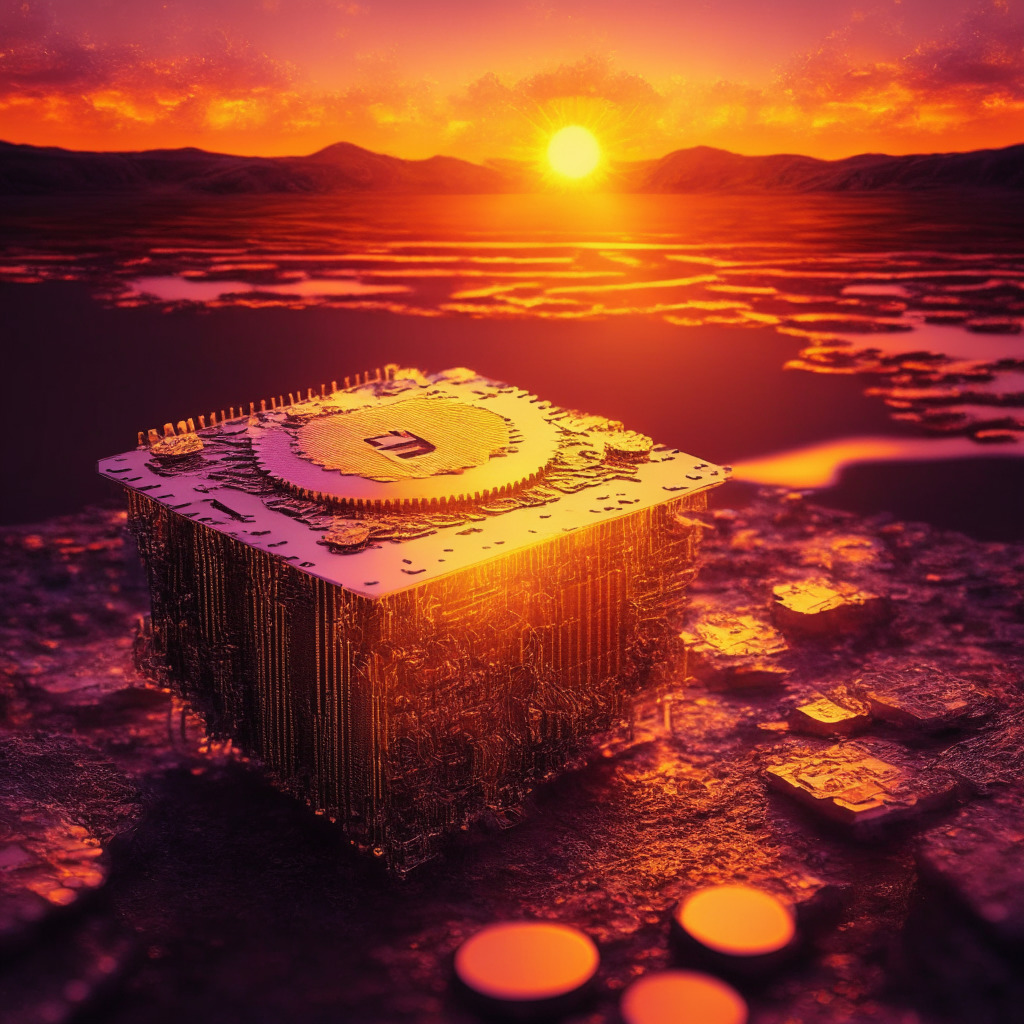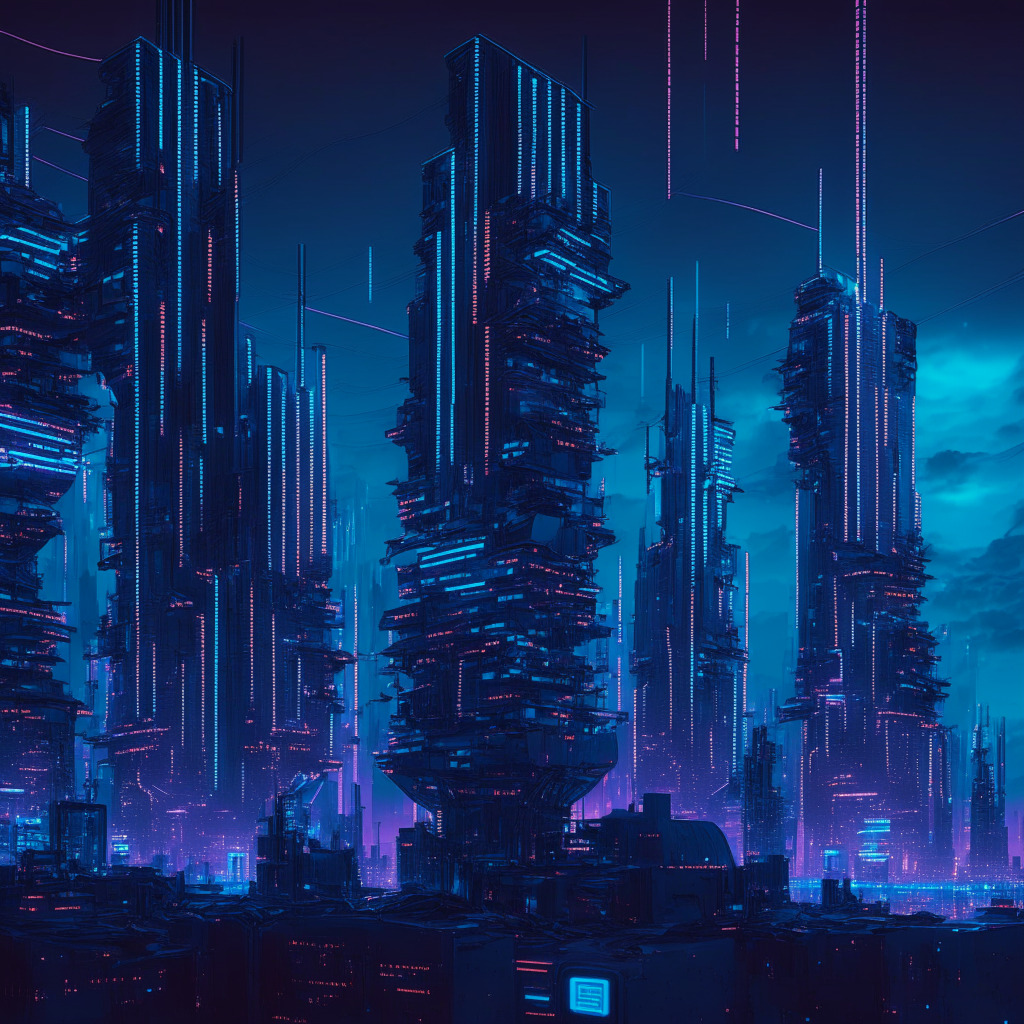In a recent interview, Gala Games Cofounder and Lead Developer of Mirandus, Michael McCarthy, shared his thoughts on the aesthetic of the game with Decrypt’s Kate Irwin. McCarthy emphasized the importance of not overdoing certain aspects of the gaming experience, as it may result in feelings of discomfort rather than enjoyment for the players.
According to McCarthy, “When assets are overdone, they just feel a little dirty. It’s not pretty to look at.” This sentiment illustrates the significance of striking a balance between creating visually appealing graphics and providing an enjoyable experience for gamers. With the rise of blockchain technology being utilized in various industries, it’s essential to consider how this new technology can impact the aesthetics and overall atmosphere of a game like Mirandus.
On one hand, blockchain technology offers unique and unprecedented opportunities for game developers, allowing for secure and transparent in-game transactions as well as the potential for players to derive real-world value from their digital assets. This increased transparency and the possibility of generating real-world earnings will likely encourage a growing number of users to join the crypto gaming community.
The integration of blockchain-based assets within the gaming environment is undoubtedly an attractive proposition, as it can fundamentally change the dynamics of how games are played and monetized. However, McCarthy’s words serve as a cautionary tale against getting too carried away with flashy, in-your-face graphics and designs, which can end up alienating gamers rather than drawing them in.
On the other hand, the continuous marriage between gaming and blockchain might soon face challenges that go beyond aesthetics. One of the major concerns is the risk associated with investing in digital assets, particularly when these assets are presented in a gaming environment. While blockchain technology can inject a new level of security for transactions, players should still be fully aware of the risks involved in purchasing and trading digital assets.
Moreover, the spotlight on blockchain technology has attracted attention from regulatory bodies all over the world, putting the gaming industry and cryptocurrency markets under their watchful eyes. This could potentially stifle innovation in the blockchain gaming sector or impose strict regulatory measures that may deter game developers from incorporating this technology in their projects.
In conclusion, blockchain technology’s integration into the gaming industry has undeniably marked the beginning of a new era for gamers worldwide. The increasingly optimistic outlook on the potential of marrying gaming and blockchain shows that this relationship has no intention of slowing down. However, while enthralled by the potential rewards and revolutionary nature of blockchain technology, game developers like Michael McCarthy must remain mindful of the delicate balance between aesthetics, functionality, and security required to create a truly memorable gaming experience. As regulatory challenges and risks evolve, the gaming community must navigate these changes carefully, ensuring the long-term success of blockchain-based games like Mirandus.
Source: Decrypt




